



Argyll | 1542
Kilmichael lies in the middle of Argyll, just to the north of Knapdale. It takes its name from the Gaelic ‘Church of Michael’, cill meaning church. The area has been inhabited since ancient times, and there are 5,000 year-old cup-and-ring rock markings in the area.

and the early kings of Dalriada were crowned at Dunadd, a fort that lay in the barony lands. Likely the first recorded reference to Kilmichael was in 1240 in a charter of King Alexander II and Gillascop MacGilcrist.
1865 OS map Argyllshire and Buteshire CLX.4. Reproduced with the permission of the National Library of Scotland. (CC-BY)
Kilmichael Glassary © Patrick Mackie (CC BY-SA 2.0)
In 1480 King James III granted lands in Knapdale to Colin Campbell, 1st Earl of Argyll which were erected into the Barony of Kilmichael. The family were also tasked to man for the Crown nearby Castle Sween, believed to be the oldest castle on the Scottish mainland. For much of history their kinsmen, the Campbells of Auchinbreck, held the lands on their behalf.
and fought against him during the Wars of the Three Kingdoms, 1638-1652. With the execution of the king in 1649 by the English, they went on to support the new King Charles II of Scotland.
The Church, Kilmichael Glassary © Rich Tea (CC BY-SA 2.0)
He escaped from Edinburgh Castle and fled to the Netherlands. In 1685 he returned to Scotland to raise a rebellion, but was captured and executed. His lands were for several years forfeit to the Crown; however, his son Archibald Campbell, 10th Earl of Argyll, accompanied William of Orange on his successful invasion in 1688 and was restored to the family lands and titles. He was elevated to the Dukedom of Argyll in 1701.
He was succeeded by his brother Archibald, a founder of the Royal Bank of Scotland, who also fought at Sheriffmuir. He, in turn, was succeeded by his cousin John Campbell, a general in the British Army who was then succeeded by his son John Campbell, 5th Duke of Argyll. He had been a Lieutenant Colonel of the 54th Regiment of Foot and fought against the Jacobites at the Battle of Falkirk in 1746. He was later an MP, Commander in Chief in Scotland and was made Field Marshal in 1796. His descendants were successful politicians through the nineteenth century, and John, 9th Duke of Argyll was also Governor General of Canada and married Princess Louise, daughter of Queen Victoria in 1871.







Argyll | 1542
Kilmichael lies in the middle of Argyll, just to the north of Knapdale. It takes its name from the Gaelic ‘Church of Michael’, cill meaning church. The area has been inhabited since ancient times, and there are 5,000 year-old cup-and-ring rock markings in the area.
1865 OS map Argyllshire and Buteshire CLX.4. Reproduced with the permission of the National Library of Scotland. (CC-BY)
and the early kings of Dalriada were crowned at Dunadd, a fort that lay in the barony lands. Likely the first recorded reference to Kilmichael was in 1240 in a charter of King Alexander II and Gillascop MacGilcrist.
Kilmichael Glassary © Patrick Mackie (CC BY-SA 2.0)
In 1480 King James III granted lands in Knapdale to Colin Campbell, 1st Earl of Argyll which were erected into the Barony of Kilmichael. The family were also tasked to man for the Crown nearby Castle Sween, believed to be the oldest castle on the Scottish mainland. For much of history their kinsmen, the Campbells of Auchinbreck, held the lands on their behalf.
and fought against him during the Wars of the Three Kingdoms, 1638-1652. With the execution of the king in 1649 by the English, they went on to support the new King Charles II of Scotland.
The Church, Kilmichael Glassary © Rich Tea (CC BY-SA 2.0)
He escaped from Edinburgh Castle and fled to the Netherlands. In 1685 he returned to Scotland to raise a rebellion, but was captured and executed. His lands were for several years forfeit to the Crown; however, his son Archibald Campbell, 10th Earl of Argyll, accompanied William of Orange on his successful invasion in 1688 and was restored to the family lands and titles. He was elevated to the Dukedom of Argyll in 1701.
He was succeeded by his brother Archibald, a founder of the Royal Bank of Scotland, who also fought at Sheriffmuir. He, in turn, was succeeded by his cousin John Campbell, a general in the British Army who was then succeeded by his son John Campbell, 5th Duke of Argyll. He had been a Lieutenant Colonel of the 54th Regiment of Foot and fought against the Jacobites at the Battle of Falkirk in 1746. He was later an MP, Commander in Chief in Scotland and was made Field Marshal in 1796. His descendants were successful politicians through the nineteenth century, and John, 9th Duke of Argyll was also Governor General of Canada and married Princess Louise, daughter of Queen Victoria in 1871.








Contact
Forum for the Scottish Baronage, c/o Brodies LLP, Capital Square, 58 Morrison Street, Edinburgh EH3 8BP, Scotland UK
Copyright
Copyright 2022, Forum for The Scottish Baronage, as a collective work, all additional rights to content contributed and/or licensed contained herein are expressly reserved to such contributors and licensors as independently owned and protected copyrighted works.




